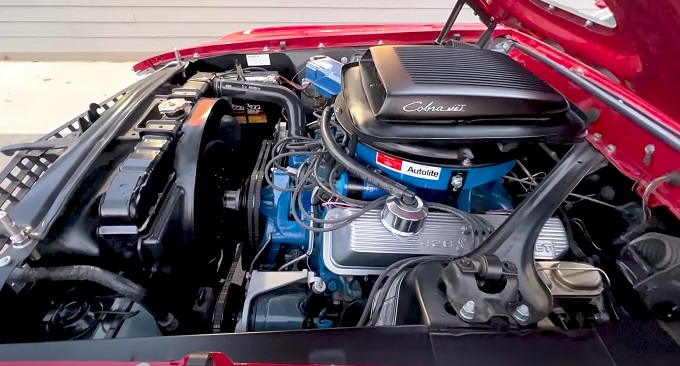Which model year is the best first-generation Ford Mustang? That’s a tricky question because all of them had something special. The earlier versions were lighter, and the 1965 model year saw the Shelby GT350 hit the scene, while the early 1970s variants looked more aggressive. However, I think that 1969 is the best year for performance.
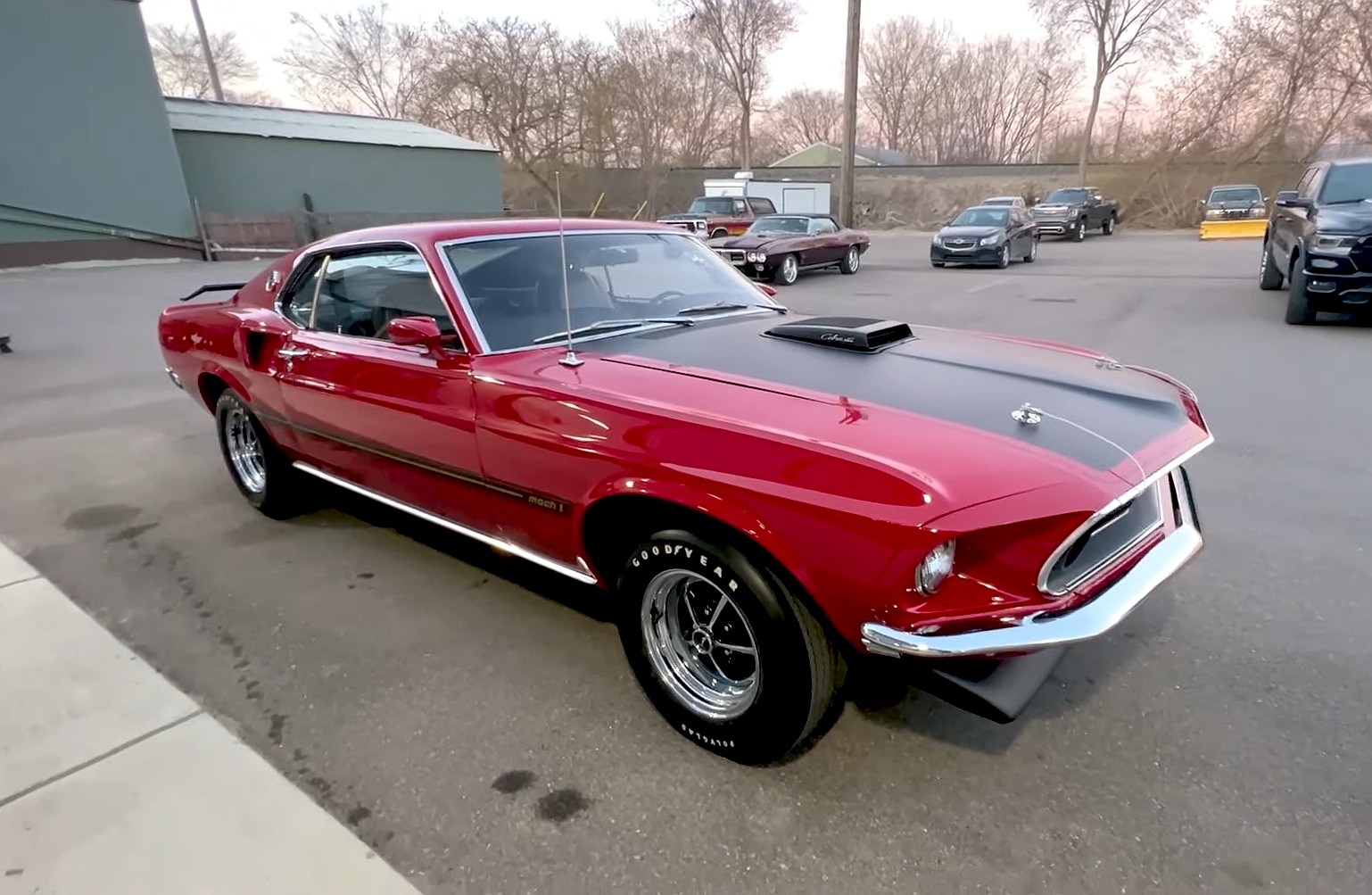
That’s because Ford was offering no fewer than six performance versions then. The GT had carried over from the previous year, while the Shelby-made GT350 and GT500 were still in production. But Ford also introduced the Boss 302 and Boss 429, both homologation specials, that year. Finally, the Mach 1 also arrived in showrooms for the 1969 model year.
Unlike the Shelby and the Boss models, which were restricted to one engine each, the Mach 1 was available with a selection of powerplants. The 351-cubic-inch (5.8-liter) Windsor came standard, but Ford also offered a 390-cubic-inch (6.4-liter) FE-type V8.
Customers needing more oomph also had access to the 428-cubic-inch (7.0-liter) Cobra Jet, while the available Drag Pack turned the Mach 1 into a Super Cobra Jet ready for straight-line track duty.
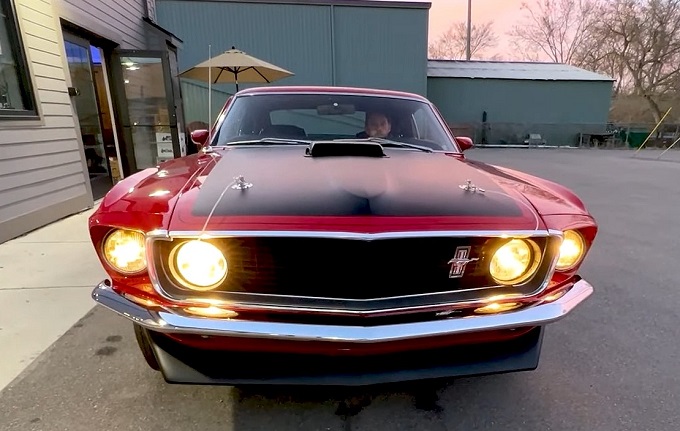
The Mach 1 became so popular that Ford discontinued the GT model after 1969. The Mach 1 remained in the lineup through 1978, and the GT didn’t return until 1982.
As for the Cobra Jet-powered Mach 1, it was also quite popular, with more than 13,000 units sold in 1969. However, only about 3,200 were also specced with the Drag Pack option that turned the Cobra Jet into a Super Cobra Jet.
The bundle included an engine oil cooler, modified crankshaft, flywheel, and a traction-lok differential with a 3.91 or 4.30 ratio axle.
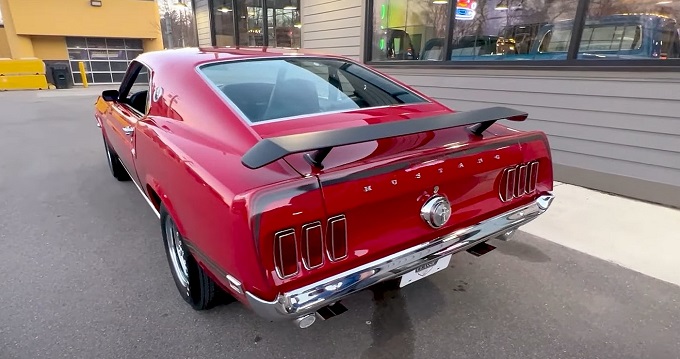
The Candyapple Red example you see here is one of those cars, but it’s much rarer when its color, options, and four-speed manual gearbox are considered. It’s difficult to pinpoint precisely how many were built just like this without a Marti Report, but most 1969 Super Cobra Jets can be narrowed down to one-of-fewer-than-50 status.
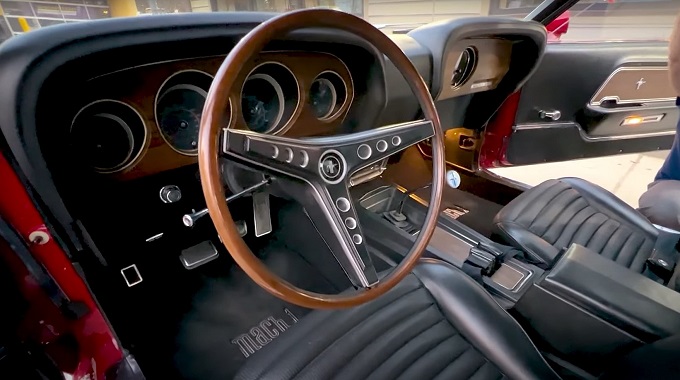
But this Mach 1 is also super cool, thanks to a few other feats. For starters, it’s a fully restored example that spent no fewer than four years on the rotisserie. It’s also a two-owner that spent more than 50 years with the same family, and its odometer shows only 62,000 miles (99,779 km).
A stunning piece of muscle car history from almost every angle, it still has its numbers-matching Super Cobra Jet V8 under the hood. The R-Code mill was rated at 335 horsepower and 440 pound-feet (597 Nm) of torque when it left the factory, and it’s safe to assume it’s just as potent after the rebuild.
Check it out in the video below.
